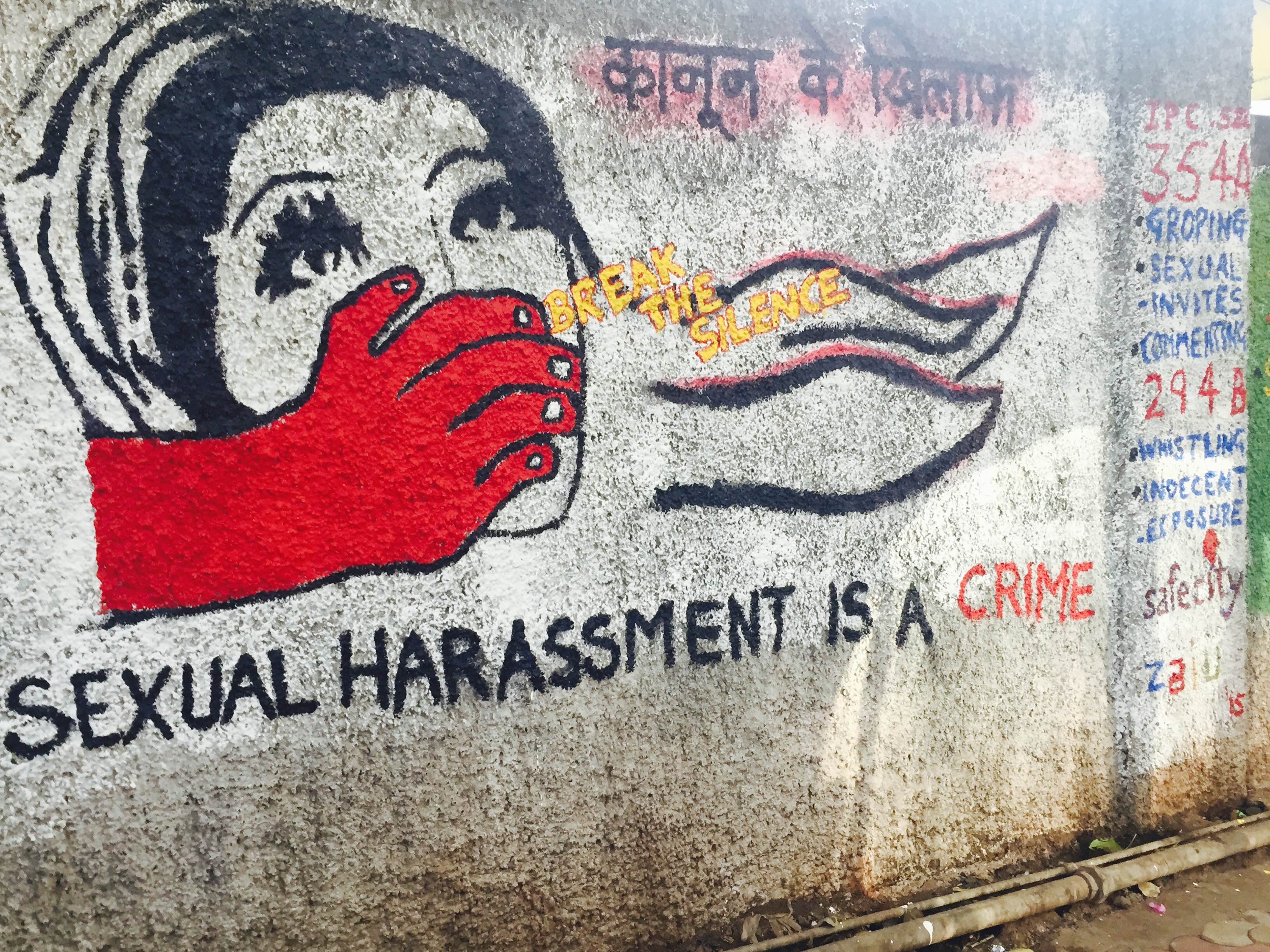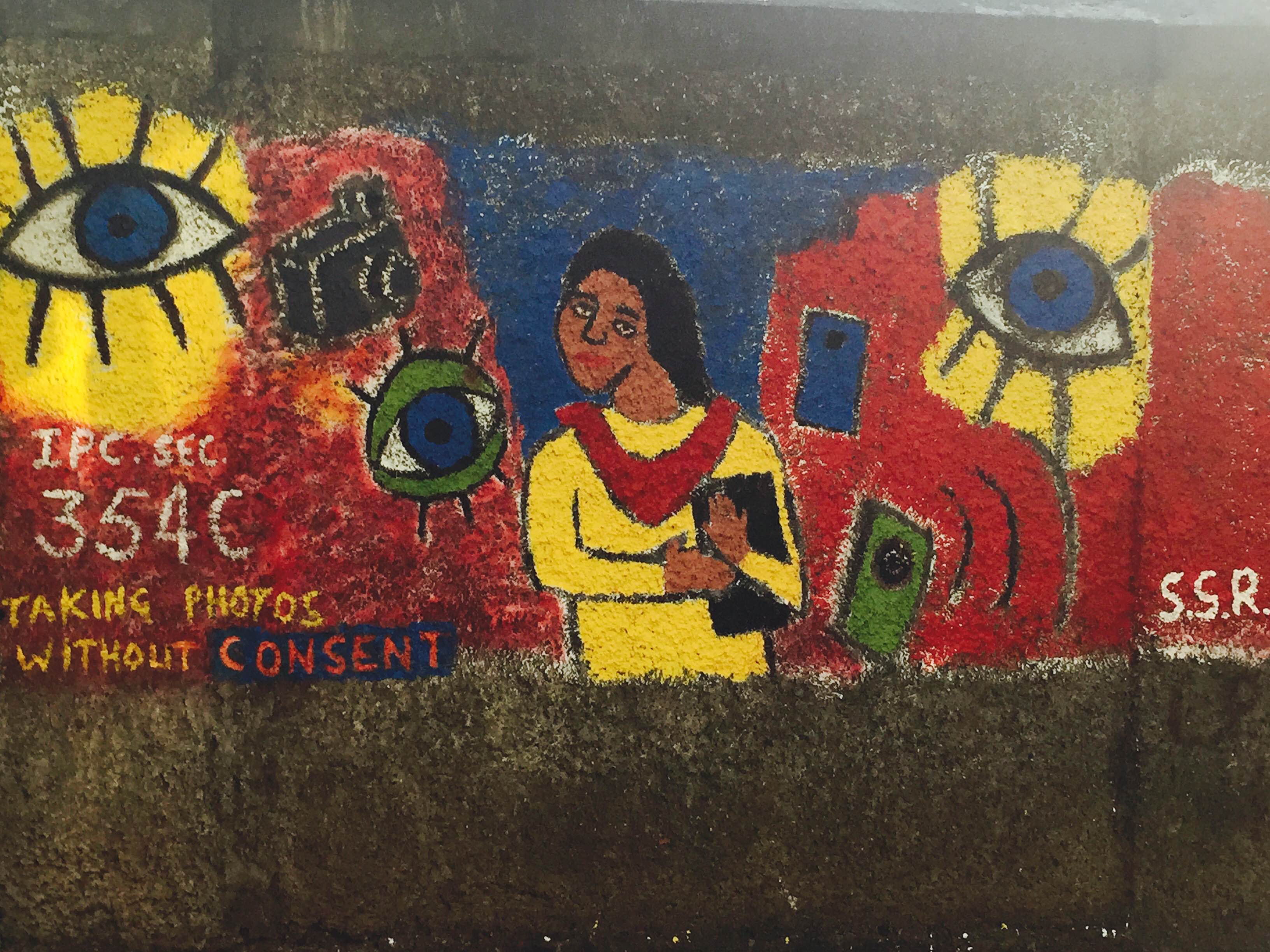TECH FOR GOOD +
In the first of Tech for Good + Gender-Based Violence articles, an interview with ElsaMarie D’Silva, founder and managing director of Safecity, a non-profit organisation providing an online platform and grassroots workshops for people to share their personal stories of sexual harassment and abuse in public spaces in India.
WITH over 8,000 open source online recordings, Safecity has been documenting India’s issue of sexual harassment and violence for the past three years. Ranging from reports of catcalls to incidents of sexual assault and rape, the platform has helped women and girls to speak out, spotlighting the spectrum of abuse taking place in public areas which had previously gone unreported.
Motivated in part by the gang rape and death of Jyoti Singh Pandey in Delhi in 2012, the desire to raise awareness of the India’s culture of gender-based violence spurred Mumbai-based ElsaMarie D’Silva to switch from a career in aviation to the founding of data-driven Safecity.
While admitting the figures to date are “just a drop in the ocean” against the true number of incidents, Elsa says, “Many women cannot identify what makes up these crimes, which in itself is very limiting as they don’t realise their right to make a complaint.”
“Even when the knowledge is there, many women refuse to do so for fear of bringing shame on their families or dealing with the police and the lengthy official justice process, though in India there are laws that make sexual harassment a crime.”
Victims can share their experiences anonymously on Safecity, encouraging confidence in more to come forward and break their silence. Despite the stigma around making complaints to the authorities, Safecity has made a direct impact at grassroot level, as Elsa explains, “In communities we partner with organisations where we undertake six month campaigns which involve a whole series of awareness involving NGOs, community members and stakeholders.”
“We go through the whole cycle of mobilising the community around the data collection that indicates clear trends. From there we pinpoint factors and the solutions and hold certain bodies accountable.”
Safecity has shown how data can be used at grassroots, where in partnerships with several NGOs it has been used to influence the police to change street patrol timings and municipal authorities to fix street lighting or ensure public toilets are available and safe.
he Talking Wall outside Mumbai’s Sophia College for Girls highlights awareness of stalking and rape culture in the city.
In helping to shift the blame from the victim to the perpetrator, Elsa adds, “The data is powerful in providing trends to enforce change as previously reports would be taken on a case by case basis, making it easier to question the woman, asking her what she doing out at that time, or what she was wearing etcetera. We also use the data in schools to educate around the safety of children.
Using the Twitter handle @PintheCreep, Safecity has volunteers who act as account curators on a weekly basis, representing the platform while sharing their experiences. Among these has been a Supreme Court lawyer, urban planners, transportation specialists, entrepreneurs, housewives and students covering themes of gender equality and violence from their perspectives.
On the ground, the organisation has teams who perform street plays, undertake camping trips with young people from city neighbourhoods, in addition to facilitating workshops within colleges and universities.
Regarding government policy, Elsa aims to create a shift in awareness and further accountability at municipal level in India. She says, “The police acknowledge that the kind of data we have, they are never going to get. As a new data set for them to work with we have connected with the Bombay, Delhi and Goa police.”
“We haven’t started to work with government in general but I foresee that we can plug into the municipal systems. They have a budget for women’s security. The question is how much of that budget is actually being spent and on what?”
Recently returned from data-mapping Africa’s biggest slum area, Kibera, in Kenya’s capital Nairobi, Elsa shares insights on the issue of sexual harassment and violence where it is treated by society as “normal.” She says, “There they are so used to extreme sexual violence so they are excited about doing this project because they believe they can make a change. The space can be safer not just for women but for all in the community.”
One of the examples brought to Elsa’s attention in Kibera was a situation where, “girls in the area would never take the shortest route to school because the boys would hang around there and push the girls against the walls and grope and feel them. So they would take convoluted routes to get to school. When this was highlighted, the elders in the community started to stand at the same corner and after some time the boys stop hanging around as they knew the attention was on them.”
Going into 2016, Safecity has a mobile app in the development phase, in addition to a dedicated twitter handle for reporting incidents @SafecityIndia. Of its progress, Elsa says, “We really want to look at some kind of gamification that women can use. The technology is only good if people keep connected and update the reports. The app will be better than the website but even with the website we have had a lot of struggle getting these reports because it’s not easy to get women to talk. We reassure them and build their confidence that the information they provide won’t be misused.”
Elsa adds, “Not all women have access to the internet and mobile phones and not everyone wants to leave their identity. Even if the report is anonymous, sometimes you can still trace the identity. In India, we use the misdial facility where you call the number, disconnect and we call back to get their story or report. We are trying a voice-based recording system that will guide women through the report.”
As Safecity grows in its strength to influence culture and policy around gender-based violence, Elsa puts her mission into perspective. “Sexual violence happens to one section of society, girls and women. And because we don’t talk about it or accept it, it becomes normalised. If you don’t see sexual harassment and violence as a crime, you are unlikely to do anything about it. Most men are good, it’s just a few who let the whole number down.”
Read more about Safecity’s latest projects on Facebook



